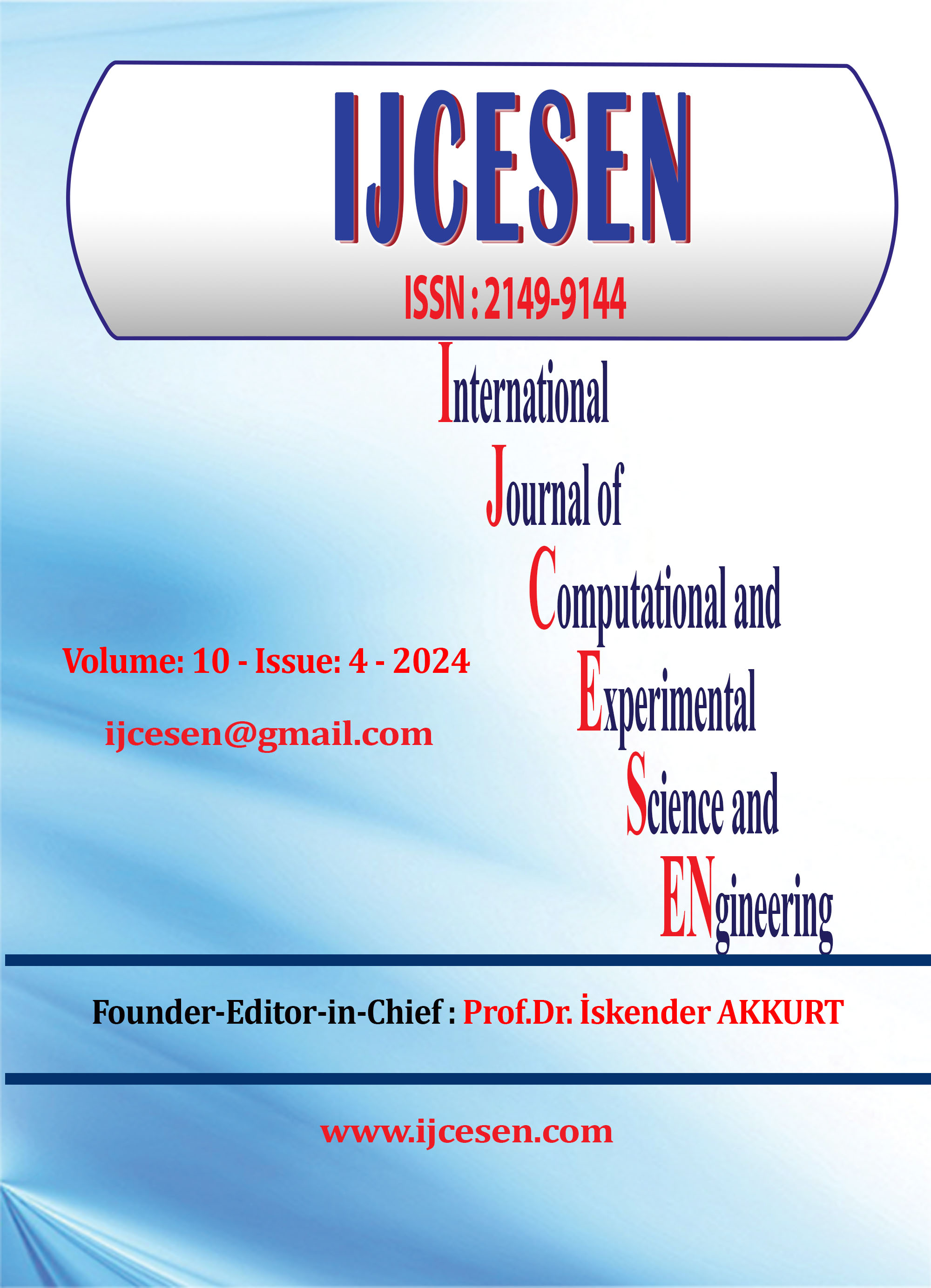A Study to Explore the Implication of Strategic Leadership in Acquiring a Competitive Advantage
DOI:
https://doi.org/10.22399/ijcesen.3733Keywords:
Strategic leadership, Collaborative leadership, Competitive environment, Competitive advantageAbstract
Those in positions of leadership who have a strategic view are conscious of the reality that global business practices are undergoing fast change. The goal of these executives is to build competitive advantages that are anchored in the fundamental competencies of the organization, in addition to minimizing expenditures. A significant number of business executives are unable to achieve their financial goals. In order to gain a competitive advantage, a significant number of senior executives in large businesses take on the role of strategic leader, despite the fact that they do not possess the necessary professional skills or educational background. In the business world, this is a problem that is frequently encountered. One of the obstacles that can prevent a firm from successfully executing its plans and gaining a competitive edge is a lack of strategic leadership present inside the organization. Possible explanations for the lack of conclusive research include the fact that previous studies may have failed to take into account elements that affect or intervene in the relationship. As a consequence of this, strategic leadership is required to provide a comprehensive definition of the concept, together with its procedures, viewpoints, and measurements. Evaluation of strategic leadership and competitive advantage with the purpose of identifying gaps in the existing body of knowledge and laying the groundwork for further investigation. The current research on strategic leadership is characterized by confusing results, definitions that are in disagreement with one another, and a wide variety of contextual elements. In order to provide a foundation for future research in strategic management, the primary objective of this study is to provide essential insights into strategic leadership and competitive advantage respectively.
References
[1] Agustian, K., Pohan, A., Zen, A., Wiwin, W., & Malik, A. J. (2023). Human resource management strategies in achieving competitive advantage in business administration. Journal of Contemporary Administration and Management (ADMAN), 1(2), 108-117.
[2] Bristol-Alagbariya, B., Ayanponle, O. L., & Ogedengbe, D. E. (2024). Leadership development and talent management in constrained resource settings: A strategic HR perspective. Comprehensive Research and Reviews Journal, 2(02), 013-022.
[3] Karimi, S., Ahmadi Malek, F., Yaghoubi Farani, A., & Liobikienė, G. (2023). The role of transformational leadership in developing innovative work behaviors: The mediating role of employees’ psychological capital. Sustainability, 15(2), 1267.
[4] Kerr, C., & Phaal, R. (2021). Roadmapping and roadmaps: Definition and underpinning concepts. IEEE Transactions on Engineering Management, 69(1), 6-16.
[5] Kess-Momoh, A. J., Tula, S. T., Bello, B. G., Omotoye, G. B., & Daraojimba, A. I. (2024). Strategic human resource management in the 21st century: A review of trends and innovations. World Journal of Advanced Research and Reviews, 21(1), 746-757.
[6] Leroy, H., Buengeler, C., Veestraeten, M., Shemla, M., & Hoever, I. J. (2022). Fostering team creativity through team-focused inclusion: The role of leader harvesting the benefits of diversity and cultivating value-in-diversity beliefs. Group & Organization Management, 47(4), 798-839.
[7] Ma, S., Kor, Y. Y., & Seidl, D. (2022). Top management team role structure: A vantage point for advancing upper echelons research. Strategic Management Journal, 43(8), O1-O28.
[8] Moşteanu, N. R. (2024). Adapting to the unpredictable: Building resilience for business continuity in an ever-changing landscape. European Journal of Theoretical and Applied Sciences, 2(1), 444-457.
[9] Paula, S. M. (2023). Building a Resilient Culture of Collaboration in Education. Stipas Tahasak Danum Pambelum Keuskupan Palangkaraya, 33-47.
[10] Rajaram, K., & Tinguely, P. N. (2024). Generative artificial intelligence in small and medium enterprises: Navigating its promises and challenges. Business Horizons, 67(5), 629-648.
[11] Willis, A. C. O., Willis, C., Kinyua, G. M., & Muchemi, A. W. (2022). Strategic leadership as an antecedent of competitive advantage: A review of literature. International Journal of Managerial Studies and Research, 10(1), 18-33.
Downloads
Published
How to Cite
Issue
Section
License
Copyright (c) 2024 International Journal of Computational and Experimental Science and Engineering

This work is licensed under a Creative Commons Attribution 4.0 International License.





